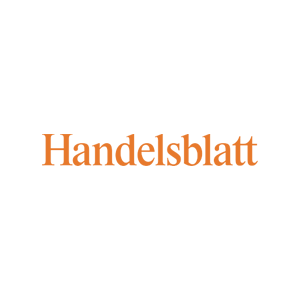Austria
Austria increased tolls for HGVs of 3.5 t or more with four or more axles from the beginning of 2021. The basic kilometre rate of the Austrian road toll for charging infrastructure costs was adjusted to the inflation rate and increased by 1.5 per cent.
The reduction of 1.5 percent for trucks with the Euro 6 emission standard remains in place. Importantly, purely electric and hydrogen vehicles will still not have to pay a surcharge for traffic-related air pollution and will only be charged half the basic rate per kilometre. The exact toll rates can be found on the ASFINAG website.
Belgium
As of 1 January 2021, new, higher toll rates will apply in the Walloon region of Belgium. The reason for the increases is to adjust prices to market realities, i.e. inflation and rising costs. These are the toll rates that will apply from the beginning of the year:

Czech Republic
The most important change in Czech tolls is the switch from paper to digital vignettes. But that is not all. The composition of the toll for trucks over 3.5 t for the use of Czech motorways and some 1st class roads is also changing: in future it will consist of three components. In addition to the tariff for road use, there will also be a charge for noise or pollution.
There has also been a change in the emission categories. The old categories EURO 0 – 2, EURO 3 and 4, EURO 5; EEV, EURO 6 and higher will be replaced by the following new categories:
– EURO 0 – 4
– EURO 5, EEV
– EURO 6
– Emission categories above EURO 6
In addition, changes in the validity of motorway vignettes have come into force from 2021 – annual vignettes are now valid for 365 days instead of one calendar year. The changes are already to apply in the new electronic motorway toll system.
France
On 1 January 2021, tolls for the passage of the Mont Blanc Tunnel and the Frejus Tunnel were increased by 0.63 per cent.
Hungary
Toll rates have also increased in Hungary. According to Government Ordinance No. 209/2013 (VI. 18.), which came into force on 26 November 2020, in future toll rates will change every year based on the change in the consumer price index in August, the Hungarian toll system operator HU-GO informs. The reference data comes from the Central Statistical Office, which reported an inflation rate of 3.9% in August 2020 compared to the previous year. As a result, higher tariffs will apply on Hungarian roads from 1 January 2021.
Poland
In Poland, there will no longer be toll booths with barriers on the toll sections of state motorways. In the country, the e-Toll system has now been put into operation for all vehicles on these sections. The affected sections are the A2 Konin-Stryków and A4 Sośnica-Wrocław, where the toll is currently collected by the Polish State Tax Administration (KAS).
There are now two ways to pay for motorway use for vehicles up to 3.5 tonnes. One is to buy a motorway ticket and the other is to use the e-Toll system.
The electronic toll system will use the geolocation data transmitted to the KAS electronic toll system to check whether the corresponding toll has been paid for vehicles travelling on a particular section. The situation will therefore be analogous to that of trucks (viaTOLL).
The e-Toll system will cover all vehicles on all sections subject to tolls, i.e. also HGVs paying for the use of approximately 3700 km of national roads.









